Read the full newsletter here.
Working with Indigenous Yeast
Beneath the stillness of the winery in winter is a whirl of activity unseen to most visitors. Fermentations, bubbling along in tanks and barrels, fill our daily logs and tasting notes with the first feel of our newest vintage. How these fermentations develop is just as vital to our finished wines as healthy vineyards or careful selections of fruit. Our interest in their progress is further heightened given that these fermentations rely on indigenous and ambient yeasts.
Starting in 2003, with some carboys that would eventually become the Select Late Harvest Riesling, we began our first trials with indigenous yeast fermentation. In the same way that vineyard sites have a distinct set of soils and microclimates, they are also home to a unique mix of yeasts strains. Fermentations that rely on those native yeasts are typically slower and longer. This extends contact with the lees, adding texture and complexity to wines fermented in this method. Our early tests were successful, but whether our native yeasts could carry all of the many fermentations we run was still an open question.
Healthy indigenous fermentations require a healthy vineyard ecosystem. To explore the full potential of our indigenous yeast strains we first focused on increasing biodiversity within our vineyards. We needed to eliminate vineyard inputs, like herbicides or insecticides, that damaged yeast colonies by building natural vineyard defenses. Our tailored solutions included planting site-specific cover crops and researching and attracting beneficial fauna. This approach has reinforcing benefits. Our efforts in the vineyards improved the health of our fruit which in turn enabled us to run healthier, longer fermentations with confidence.
By 2008, all of the fermentations for our estate Rieslings relied exclusively on indigenous yeasts. Our Chardonnay, Gewurztraminer, and red varietals would follow suit in subsequent years. These transitions highlighted the deep links between our vineyard sites, our harvests, and our finished wines. The additional structure and depth we notice as we taste through tanks in winter is, likewise, the result of no one effort but the sum of them all.

